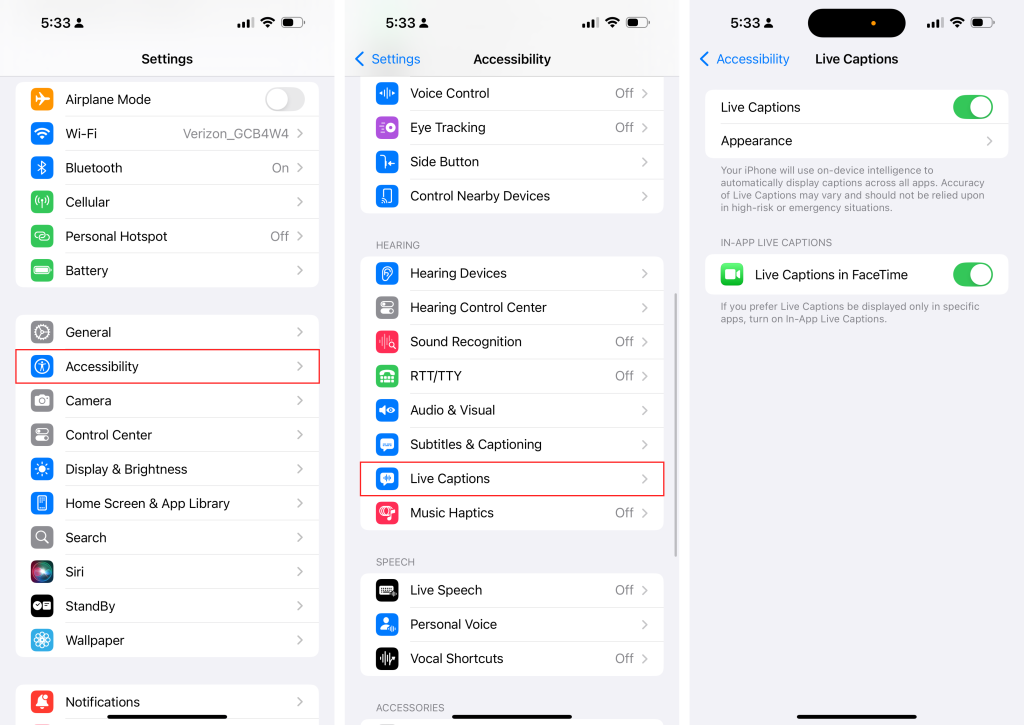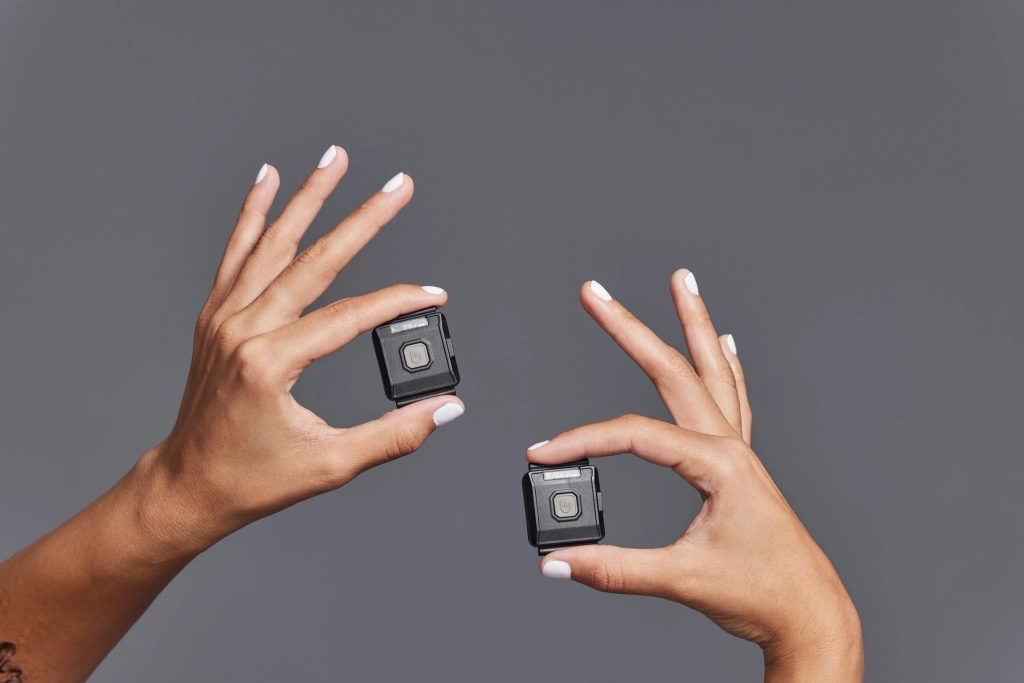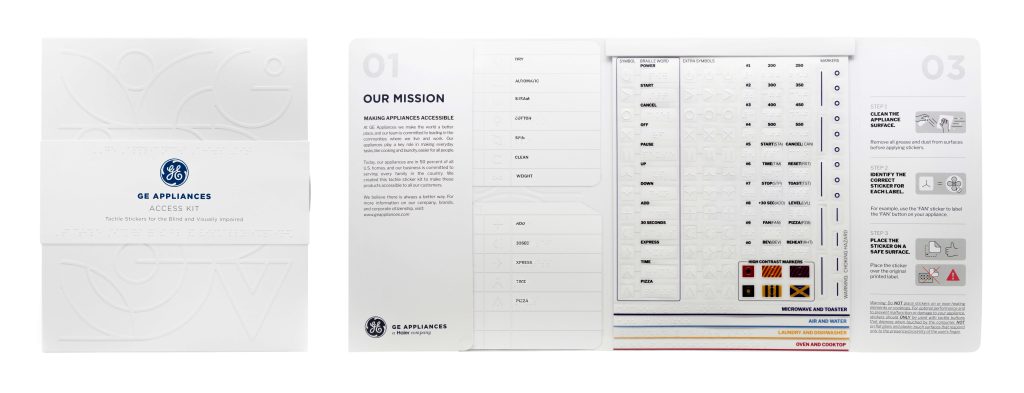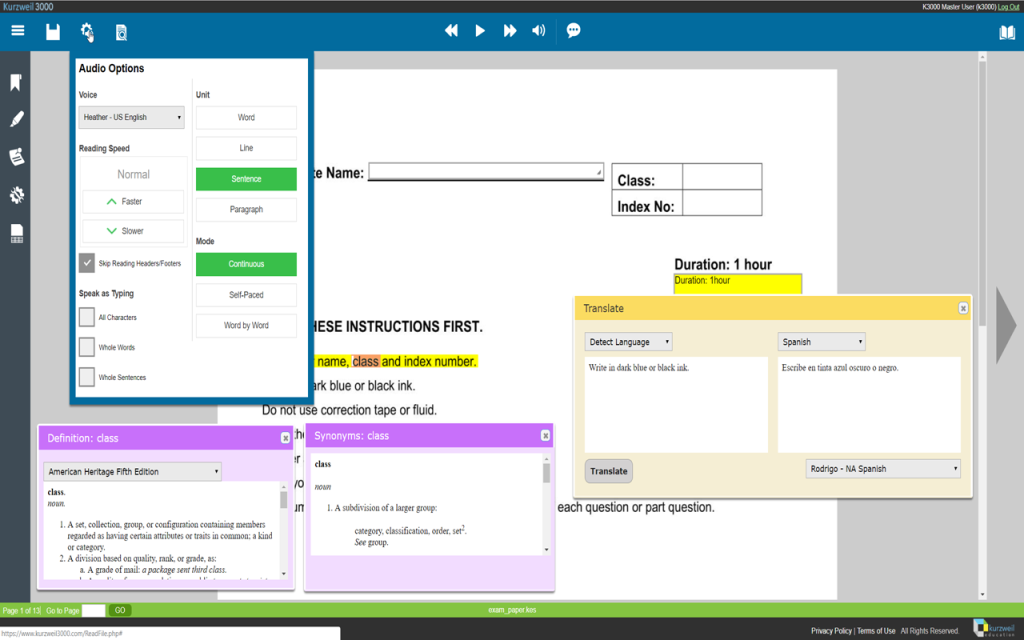Assistive Technology: Live Captions (iOS)
iOS Live Captions is an assistive technology available on iPhone, iPad, and Mac that provides real-time spoken audio transcriptions across various digital and in-person communication formats. Live Captions converts spoken audio into on-screen text, enabling people to follow conversations, phone calls, online videos, and streaming services without relying on interpreters. This feature is particularly beneficial […]
Assistive Technology: Live Captions (iOS) Read More »








